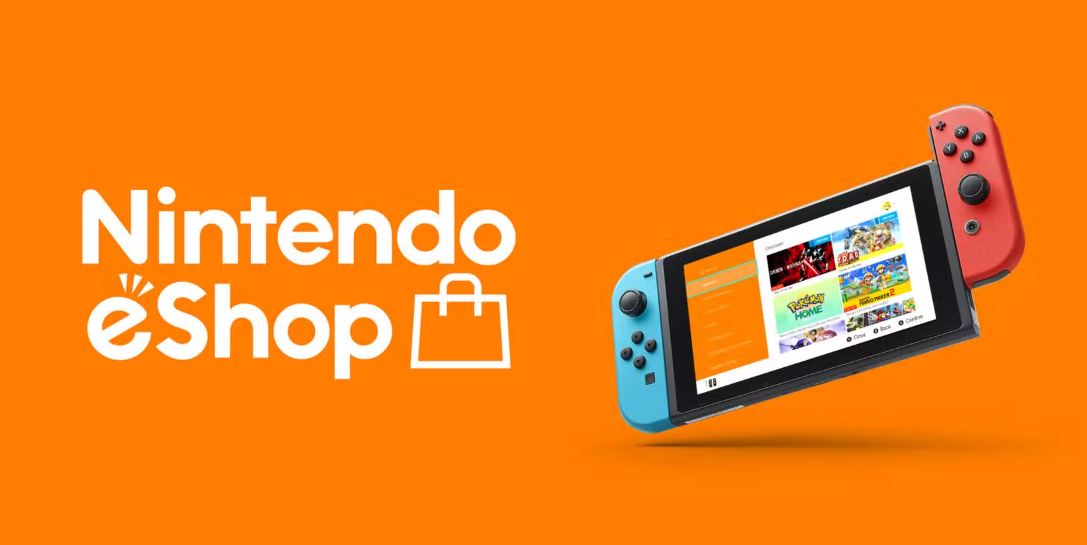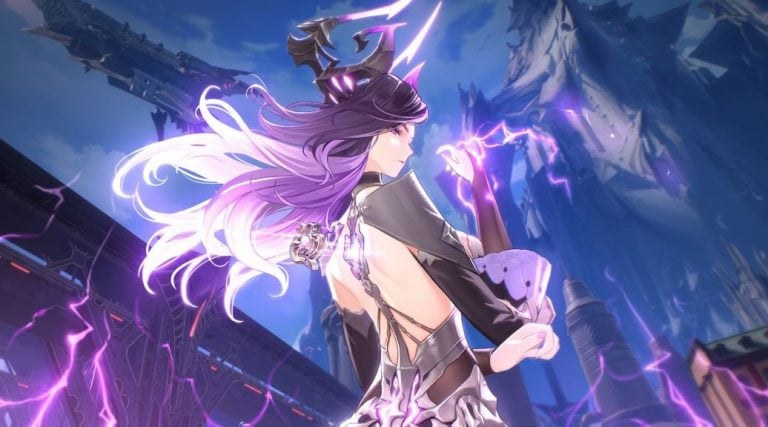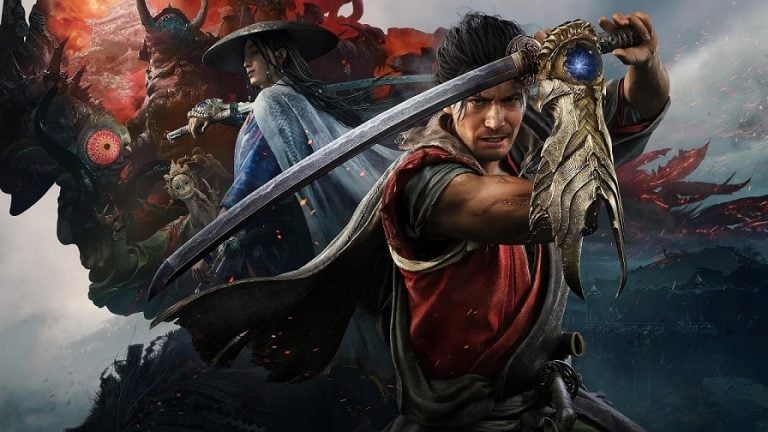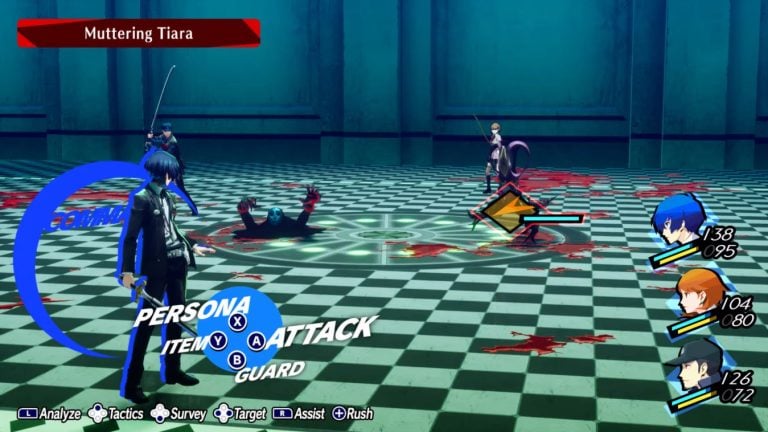Nintendo appears to have changed the way Nintendo eShop store rankings work – rather than being ranked based on the total number of downloads, games are now ranked based on total revenue – as pointed out by X user naruki. This revision seems to be addressing the structural issue that allowed low-quality, low-priced games and shovelware to easily enter the rankings and gain attention.
Up until now, the Nintendo eShop’s ranking system is believed to have been based purely on the number of downloads, regardless of a game’s price. While this system is relatively standard, it hasn’t always functioned ideally, as it also enabled cheaper pricing to equal more visibility.
For example, some publishers would set a high original price for their games, then offer them at deep discounts, like 90% off, which would make it easier to climb the rankings. Even after the “sale” ended, a game could linger on the rankings and create the impression that it was a best-seller. Other games simply set an extremely low base price to attract attention. Some publishers likely used both tactics, and it’s fair to say the system was being exploited, leading to dissatisfaction about the store’s rankings often displaying “cheap slop.”
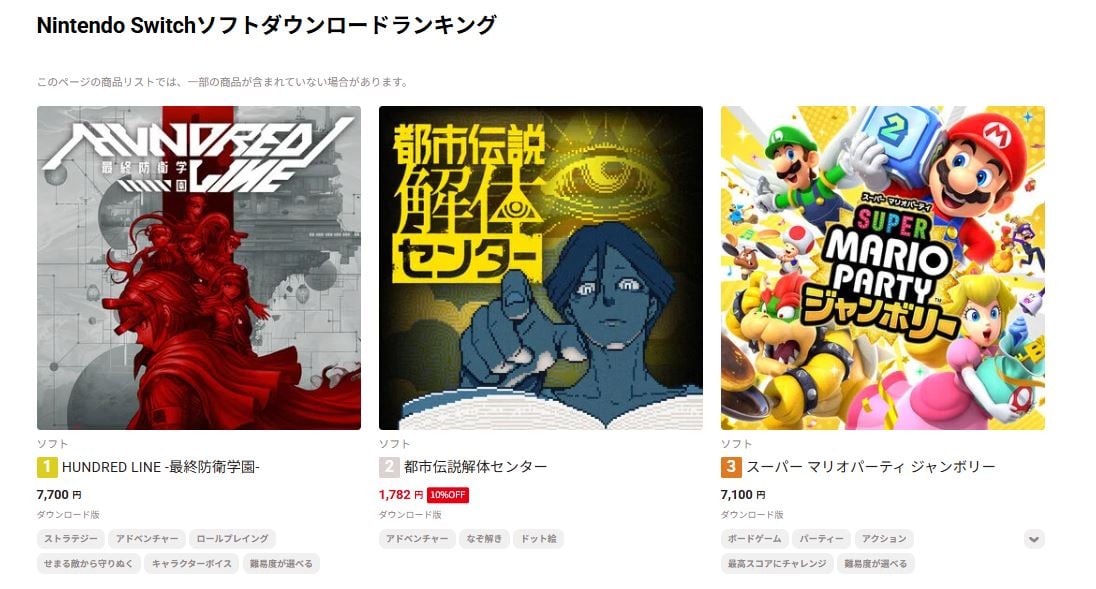
Now, with the release of the Switch 2 approaching, Nintendo has updated the eShop’s ranking system, switching from download count to revenue-based rankings. More specifically, the rankings now appear to be determined by “total sales revenue over the past three days.” This has already led to big changes in how the rankings look – with the Japan eShop currently dominated by comparatively more expensive title like The Hundred Line: Last Defense Academy and Lunar Remaster Collection while cheap, heavily discounted shovelware titles are nowhere to be seen.
This revenue-based system is similar to how Steam’s sales rankings work, where big-budget, pricier titles easily rise to the top. On the flip side, this makes it harder for inexpensive and unique indie games to gain visibility. Steam addresses this by offering various curated categories, like “Popular New Releases, ” so that smaller titles can stand a chance too. Perhaps we can expect new curation options from Nintendo too as the Switch 2’s launch approaches.

